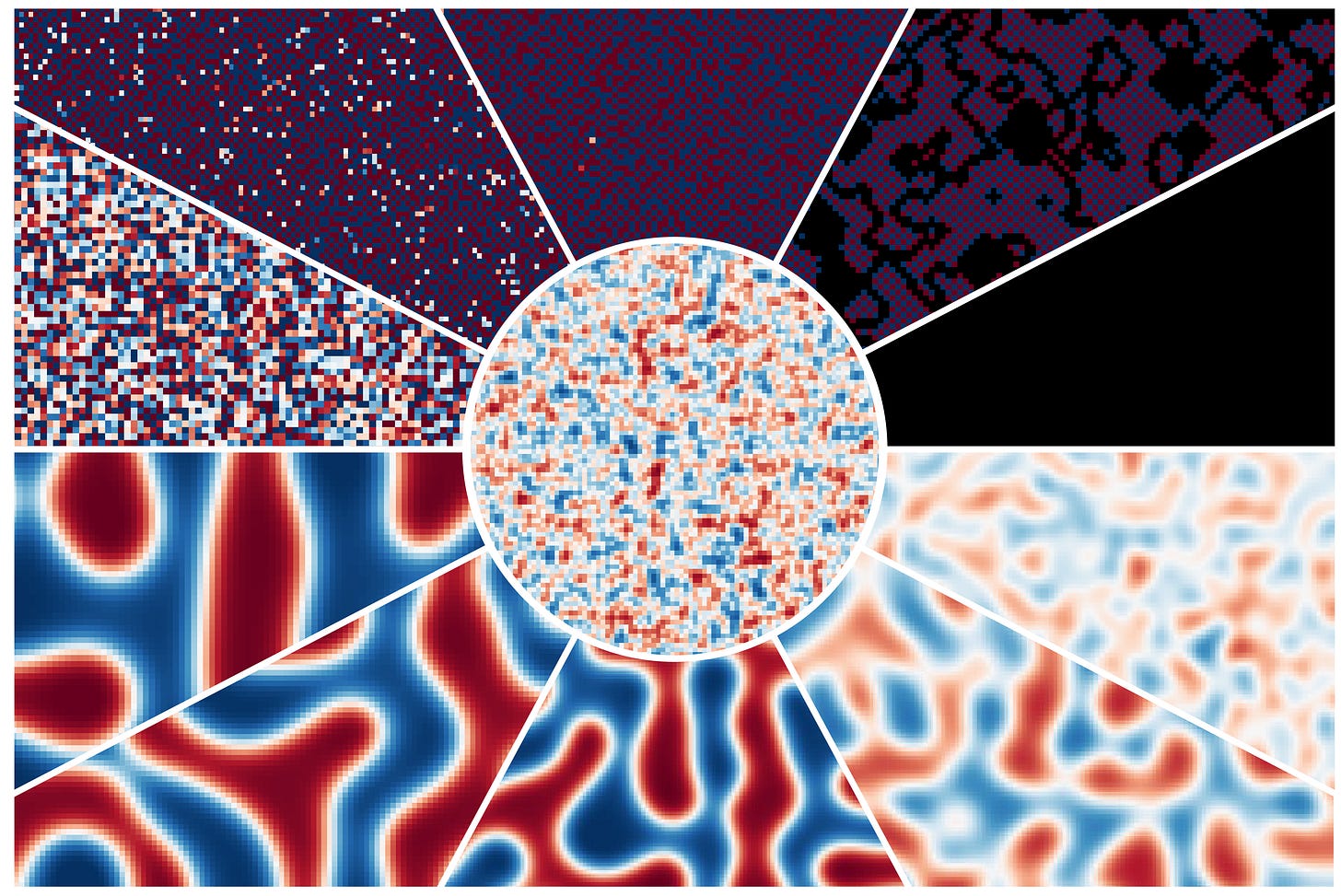This week in MathOnco 341
Ecological interactions, optimal dosing, mutation burden, and more...
“This week in Mathematical Oncology” — August 29, 2025
> mathematical-oncology.org
From the editor:
Greetings from Copenhagen, where I’ve been attending a very interesting meeting on math modeling of aging.
Don’t forget to submit an abstract to MathOnco25 conference in St Pete Beach, Florida by August 31st!
Enjoy,
Jeffrey West
jeffrey.west@moffitt.org
Frequency-Dependent Ecological Interactions Increase the Prevalence, and Shape the Distribution, of Preexisting Drug Resistance.
Maltas J, Tadele DS, Durmaz A, McFarland CD, Hinczewski M, Scott JGModeling cell differentiation in neuroblastoma: insights into development, malignancy, and treatment relapse.
Martina-Perez SF, Heirene LA, Kasemeier JC, Kulesa PM, Baker RE.LAG3+ CD8+ T cell subset drives HR+/HER2− breast cancer reduction in bispecific antibody armed activated T cell therapy
Robert Weldon Barnes, Archana Thakur, Suna Onengut-Gumuscu, Lawrence G Lum, Sepideh DolatshahiOptimal dosing of anti-cancer treatment under drug-induced plasticity
Einar Bjarki Gunnarsson, Benedikt Vilji Magnússon, Jasmine Foo
Tumor mutational burden shapes success and resistance in cancer immunotherapy
Guim Aguade-GorgorioMathematical model of tumor-macrophage dynamics in glioma to advance myeloid-targeted therapies
Bosque JJ, Martínez J, García Otero J, Aguadé-Gorgorió G, Sanchez-Galan JE, Belmonte-Beitia J.Physiologically-based pharmacokinetic model for CAR-T cells delivery and efficacy in solid tumors
Andreas G. Hadjigeorgiou, Lance L. Munn, Triantafyllos Stylianopoulos, Rakesh K. Jain
MathOnco25, St Pete Beach Florida
Abstract deadline: August 31st, 2025
”We are excited to announce the 2nd Mathematical Oncology meeting in Fall 2025 (October 28th - 31st) in Tampa, Florida, hosted by Moffitt Cancer Center. This international meeting builds on our 1st successful meeting held in Phoenix, Arizona in Spring 2023 as well as the robust legacy of growing initiatives related to the application of mathematical and computational approaches in cancer biology and clinical oncology.”
The newsletter now has a dedicated homepage where we post the cover artwork for each issue. We encourage submissions that coincide with the release of a recent paper from your group. This week’s artwork:
Based on the preprint: Cahn-Hilliard dynamical models for condensed biomolecular systems published on bioRxiv
Artist: Sarah Groves (https://smgroves.github.io/)
Caption: Biological condensates are protein-filled liquid droplets that form without a membrane. There are many examples of condensates in cells, and the formation or lack of formation of condensates has been implicated in cancer progression. In particular, a mitotic protein complex called CPC, which regulates the spindle assembly checkpoint and ensures proper chromosomal segregation, forms condensates and is dysregulated in cancer, leading to severe aneuploidy in some cases like triple negative breast cancer. To model condensate formation, we encoded numerical methods that solve the Cahn Hilliard equation, which has been around for quite some time but has not been computationally accessible to computational biologists. This artwork is showing the results of simulating droplet formation using the numerical methods we developed as opposed to a simpler numerical solver, the finite difference method. The initial conditions are shown in the center of the “sun,” and the top segments (from left to right) show the finite difference solution—black represents NaNs arising in the simulation as it quickly breaks down. The bottom segments (from right to left) show the true dynamics determined by our solvers as droplets in red begin to form.
Visit the mathematical oncology page to view jobs, meetings, and special issues. We will post new additions here, but the full list can found at mathematical-oncology.org.
1. Jobs
Current subscriber count: 2,350










